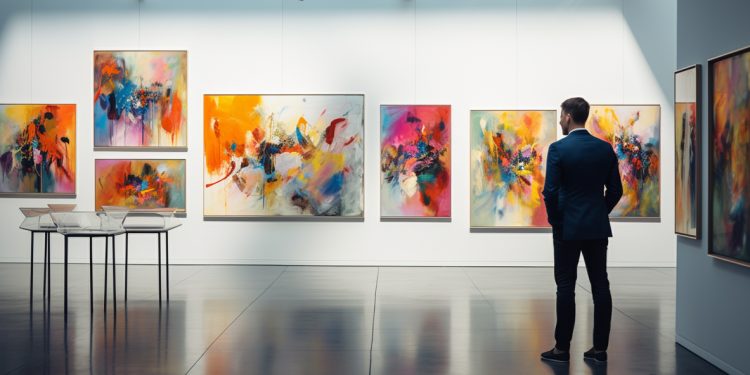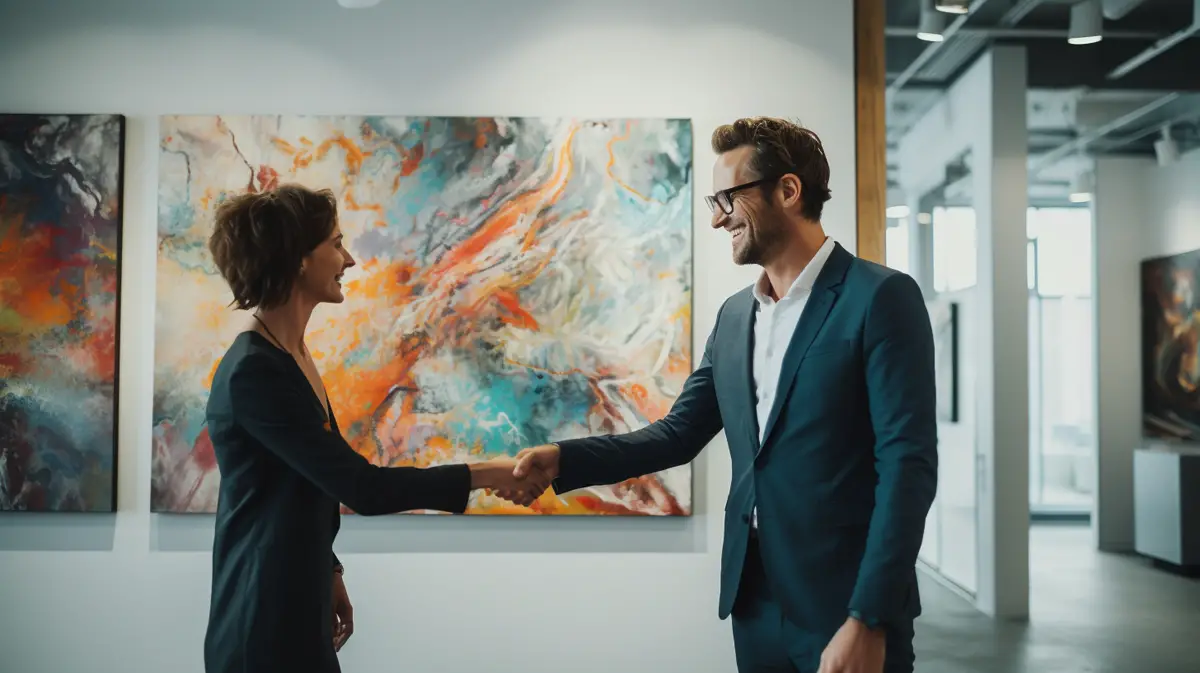Investing in Your Future: A Beginner’s Blueprint for Art Investment Success

Art investment can be an enriching experience, blending cultural appreciation with potential financial gain. For beginners, entering the art market can seem daunting.
This blueprint is designed to guide novice investors towards making informed decisions and laying the foundation for art investment success.
Understanding the Art Market
Before investing, it’s crucial to understand the art market’s unique characteristics. Unlike more traditional investments, the art market is not purely driven by economic factors; it’s also influenced by cultural trends, artistic merit, and personal tastes.
Spend time researching, attending art fairs, and reading art publications to get a sense of the market dynamics.
Setting Investment Goals
Define what you want to achieve with your art investment. Are you looking for long-term financial gain, or are you more interested in the cultural value of collecting art? Your goals will shape your investment strategy, influencing the types of art you consider and how much you’re willing to invest.
Identifying Art with Potential
The key to successful art investment is identifying pieces that have potential for appreciation. Emerging artists with a growing reputation or established artists with a consistent track record in the market are often good places to start. Consider also the art’s historical significance, rarity, and condition.
Diversifying Your Art Portfolio
Diversification is as important in art investment as in any other field. Investing in different styles, periods, and artists can mitigate risk. Diversification also allows you to enjoy a range of artistic expressions and can be more resilient against market fluctuations.
The Importance of Authenticity and Provenance
The value of an artwork is heavily influenced by its authenticity and provenance. Always verify the authenticity of a piece before purchasing, and ensure it has a well-documented history of ownership.
Authenticity certificates and a credible provenance not only provide peace of mind but also enhance the artwork’s future resale value.
Timing in the Art Market
Timing can be crucial in art investment. While the art market does not fluctuate as rapidly as the stock market, it still has its ups and downs. Keeping abreast of market trends, artist developments, and broader cultural shifts can help in deciding when to buy or sell.
Building Relationships in the Art World
Forming relationships with galleries, artists, and other collectors can provide invaluable insights and opportunities.
These connections can offer access to private sales, previews of new collections, and advice on emerging artists. Networking within the art community can be as rewarding as it is beneficial for your investment portfolio.
Enjoying the Journey
Finally, remember that art investment is not just about the financial returns; it’s also about the joy and enrichment that comes from engaging with art. The process of discovering new artists, learning about different movements, and experiencing the beauty of various artworks can be immensely fulfilling.
Conclusion
Investing in art offers a unique combination of cultural engagement and potential financial reward. For beginners, success lies in understanding the market, setting clear goals, diversifying investments, ensuring authenticity, timing purchases and sales wisely, building key relationships, and enjoying the journey.
With these guidelines in mind, you can confidently start your journey into the world of art investment.










